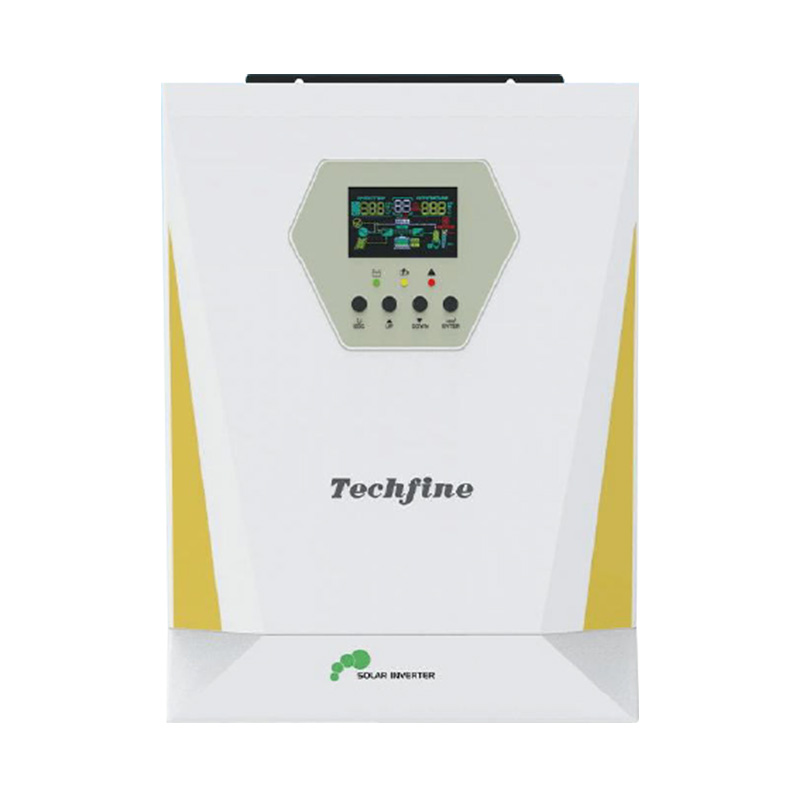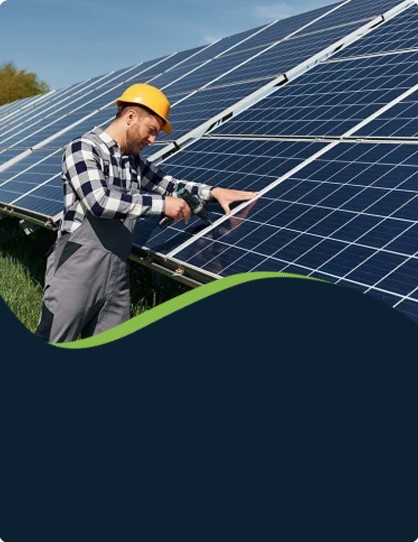
-
[email protected]

-
Building 1, No. 21 Shengfa Road, Lucheng District, Wenzhou, Zhejiang, China



High-power on-grid and off-grid solar inverters each serve distinct purposes, catering to different energy needs and scenarios.
High-power on-grid solar inverters are designed to work in conjunction with the existing electrical grid. This type of inverter is particularly useful for residential and commercial installations where the primary goal is to offset electricity consumption from the grid. This not only reduces the reliance on grid electricity but also allows users to potentially benefit from net metering policies, where excess power fed into the grid can be credited back to the user.

One of the key advantages of on-grid inverters is their ability to provide a seamless transition between solar power and grid power. When solar generation is insufficient, such as during cloudy days or at night, the inverter automatically switches to drawing power from the grid without any interruption in the power supply. This ensures a continuous and reliable energy supply, making it suitable for locations with stable grid infrastructure.
Moreover, high-power on-grid inverters are equipped with advanced features such as big power point tracking (MPPT). This technology ensures that the inverter can extract the big amount of power from the solar panels under varying conditions, thereby optimizing the overall efficiency of the solar energy system.
These inverters are commonly used in remote areas, rural communities, and off-grid homes. Off-grid inverters typically work in combination with energy storage systems, such as batteries, to store excess solar power for use during periods of low sunlight or at night.
The primary challenge for off-grid systems is ensuring a reliable and continuous power supply, especially during extended periods of low solar generation. High-power off-grid inverters are equipped with sophisticated control systems that manage the flow of electricity between the solar panels, batteries, and loads. They ensure that the batteries are charged efficiently while preventing overcharging or deep discharging, which can damage the batteries and reduce their lifespan.
Off-grid inverters also play a crucial role in managing the power quality and stability of the system. They convert the DC power from the batteries into stable AC power suitable for household appliances and other electrical devices. This requires the inverter to maintain a consistent voltage and frequency, even when the power demand fluctuates.
As the demand for renewable energy continues to grow, high-power solar inverters are becoming increasingly sophisticated. Manufacturers are focusing on improving the efficiency, reliability, and functionality of these devices. For example, the development of hybrid inverters that can operate both on-grid and off-grid is gaining traction. These hybrid systems offer the flexibility to switch between grid-connected and standalone operation, providing users with the good of both worlds.
Moreover, the integration of smart technologies is enhancing the capabilities of high-power solar inverters. With the ability to connect to the internet, these inverters can be remotely monitored and controlled, allowing users to optimize their energy usage based on real-time data. They can also communicate with other smart devices and energy management systems to create a more integrated and efficient energy ecosystem.
In conclusion, high-power on-grid and off-grid solar inverters are essential components in modern solar energy systems. Each type serves a unique purpose, catering to different energy needs and scenarios. On-grid inverters provide a seamless integration with the electrical grid, optimizing solar power usage and reducing reliance on grid electricity. Off-grid inverters, on the other hand, offer autonomous energy solutions for locations without grid access, ensuring a reliable power supply through efficient energy management and storage.
Your email address will not be published. Required field are marked*
